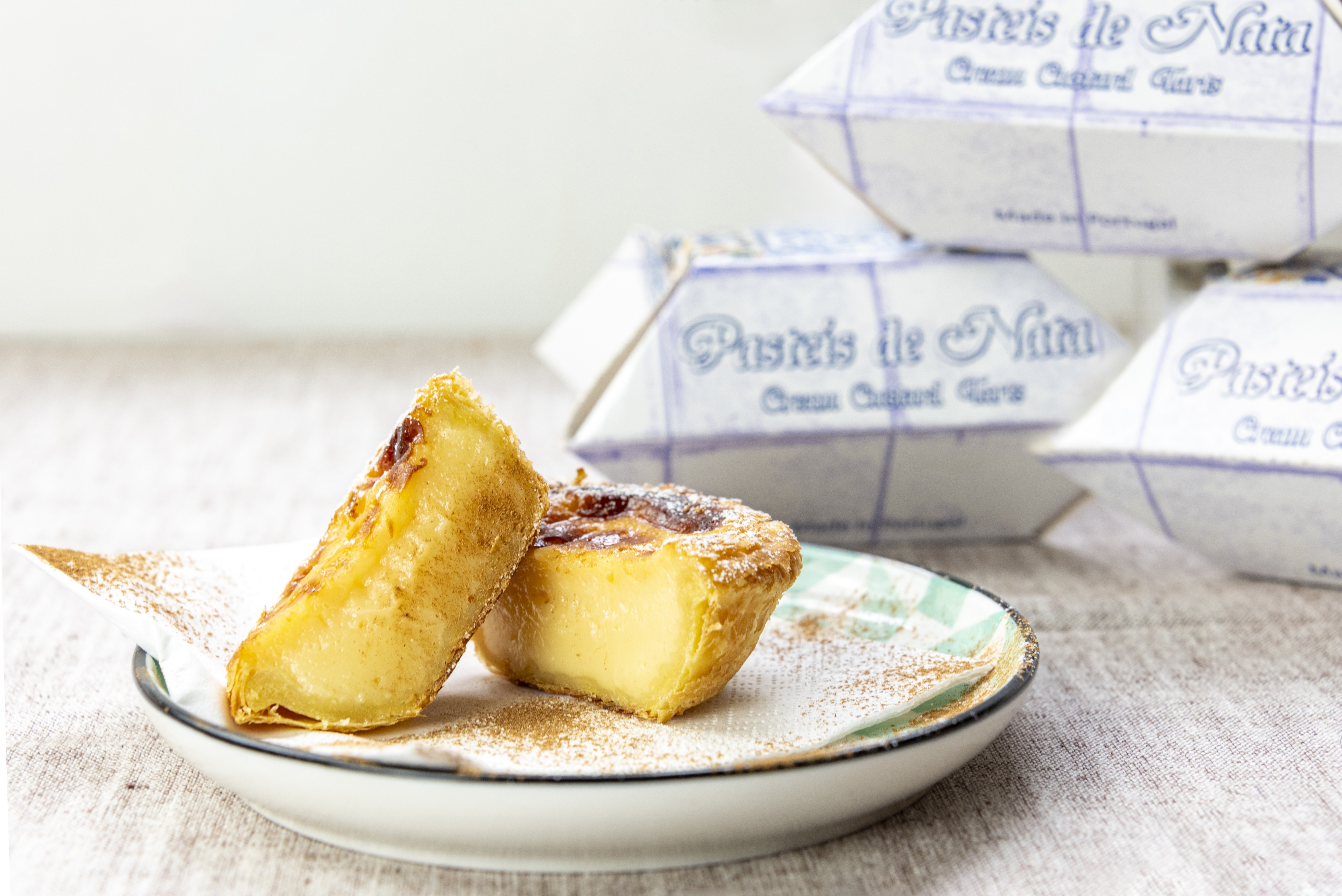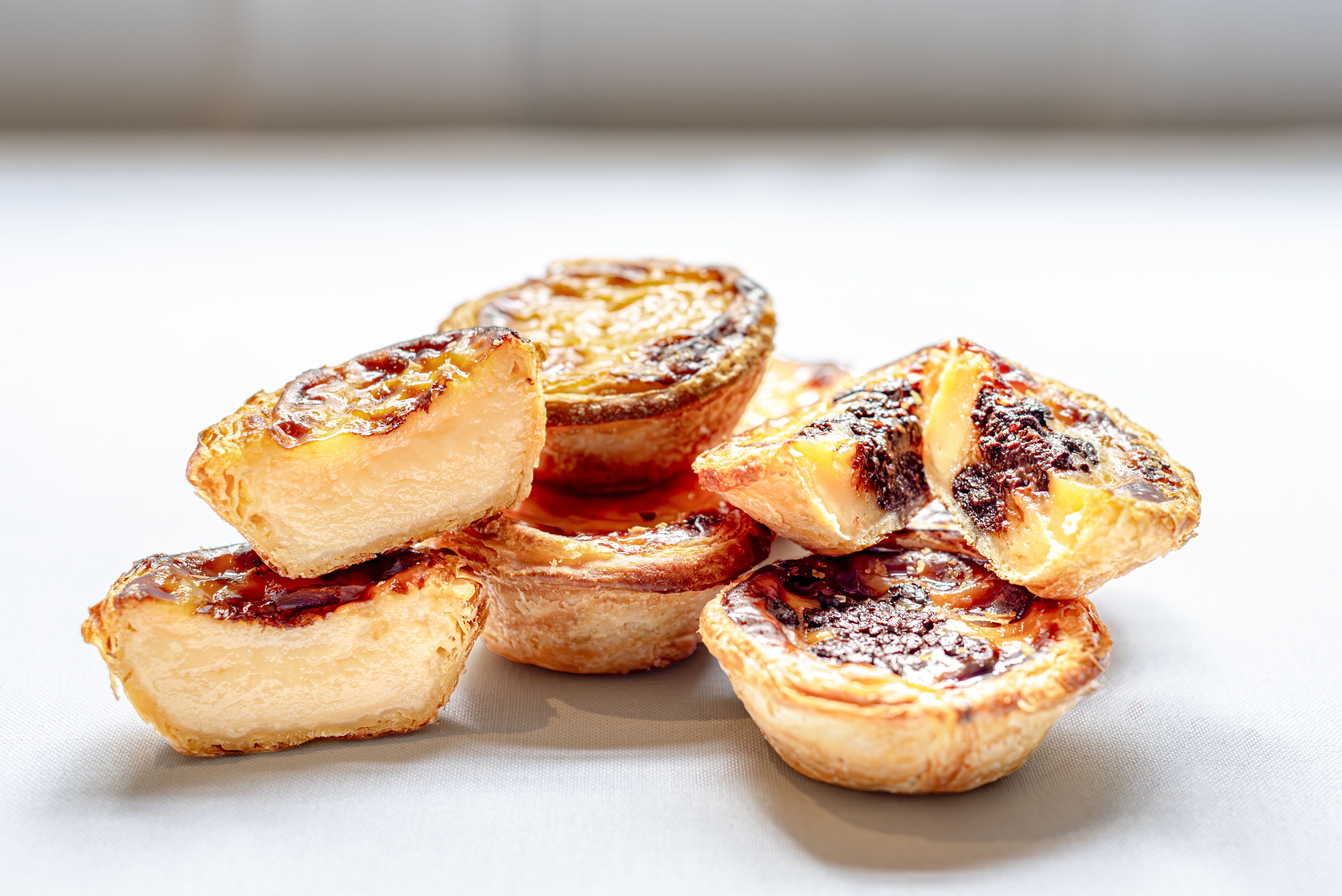Shortly before her widely scrutinised marriage to Edward VIII, Wallis Simpson was photographed in 1937 wearing a strikingly unconventional dress for a Vogue photoshoot. The white silk Lobster Dress was a bold collaboration between the visionary Italian fashion designer Elsa Schiaparelli and the Spanish surrealist artist Salvador Dalí. This iconic piece featured Dalí’s signature lobster motif, previously popularised in his surreal artworks such as the Lobster Telephone, integrated directly into the garment’s design. Far from being merely decorative, the lobster was a deliberate, playful provocation.
This landmark collaboration heralded a new era in branding and marketing, one that continues to evolve nearly a century later. Brand collaborations - much like Schiaparelli and Dalí’s fusion of art and fashion - offer businesses a unique way to differentiate themselves in saturated markets. Limited-edition or co-branded product lines spotlight the strengths and aesthetics of both partners, generating exclusivity and memorability.
In today’s corporate landscape, collaborations remain a powerful tool for boosting engagement and reinforcing brand identity. This is particularly true in sectors like the food industry, where artist and bakery partnerships often result in imaginative packaging that stands out on shelves and deepens consumer connection. Creative packaging is more than just functional - it’s a strategic corporate gift or campaign element that can strengthen client relationships and broaden brand recognition.
The potential for collaborations between designers and the baking industry is vast, extending far beyond a simple logo swap or a pretty box. One of the most forward-thinking collaborations integrate design directly onto the edible product. The confection itself becomes the canvas. The collaboration can extend into the physical space. A designer could create a holistic, sensory experience through a limited-time pop-up installation. Or a successful design can be leveraged across a range of merchandise, creating a cohesive brand that extends from the packaging to tote bags, custom ceramics, tea towels, or aprons sold. This strategy embeds the bakery’s brand into the customer’s lifestyle long after the pastry has been eaten.
Ultimately, these collaborations allow a baking business to transcend the status of a mere food provider and become a curator of taste and style. By aligning with the creative capital of a designer, a brand can tell a richer story, command premium prices, and foster a profound sense of brand loyalty, turning a fleeting treat into a lasting memory.
Quick bites:
Greggs bakes secret codes into their pasties
The Food industry special treats for Father's Day
M&M's packaging inspired by music album art



.jpg)

